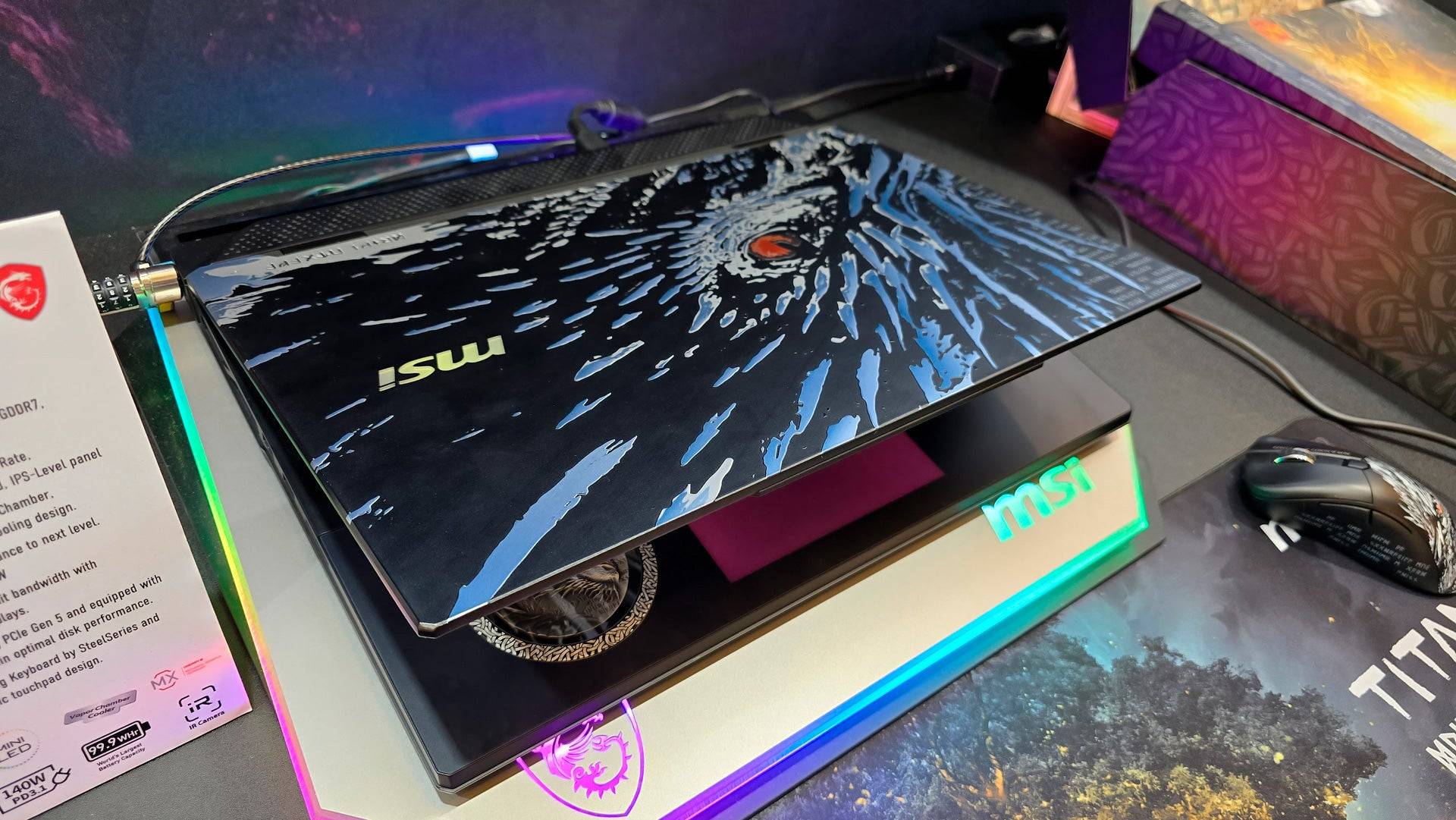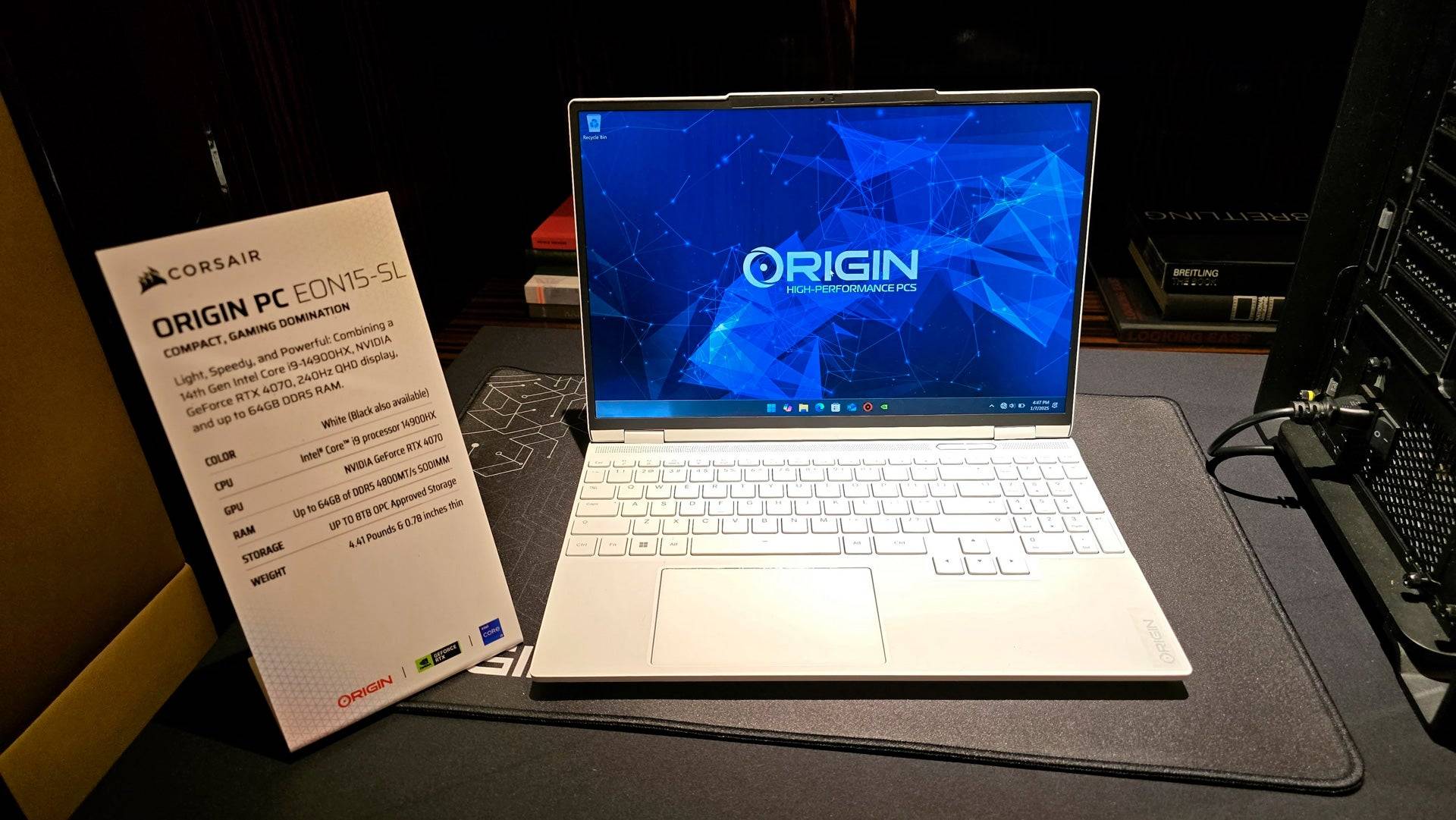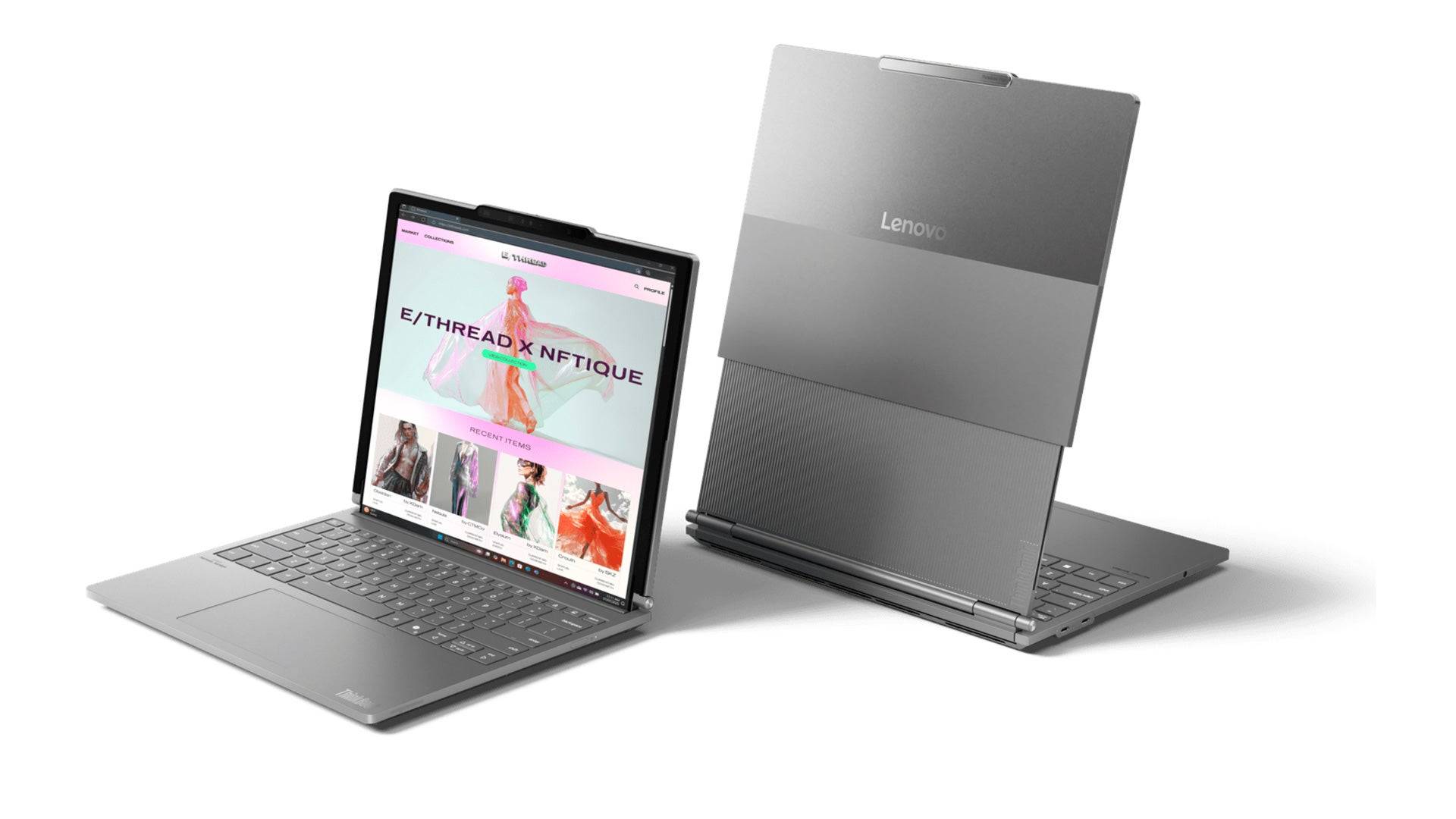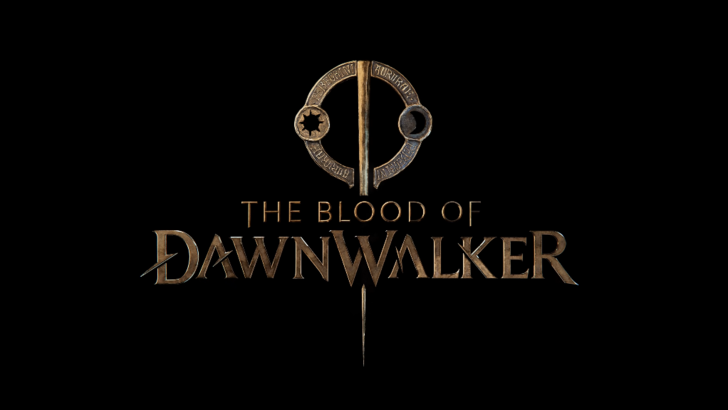CES 2024 showcased a plethora of gaming laptops, revealing key trends shaping the market. This overview highlights the most significant developments.
Diverse Design Language
Gaming laptops exhibited a remarkable diversity of styles. Manufacturers like Gigabyte and MSI blurred the lines between productivity and gaming machines, emphasizing aesthetics beyond raw hardware. This resulted in a broader range of options, from sleek, professional-looking laptops like the Gigabyte Aero series, suitable for business settings, to visually striking models such as the MSI Titan 18 HX AI Dragonforged Edition, boldly showcasing their gaming pedigree.
 RGB lighting remained a prominent feature, with innovative implementations like wrap-around lighting, illuminated keyboards, and even trackpad lighting. Asus ROG Strix Scar series impressed with its AniME Dot Matrix LED display, capable of dynamic text and animation on the laptop lid. While not revolutionary, expect a blend of familiar form factors (ranging from bulky to ultra-thin) and exciting new design elements.
RGB lighting remained a prominent feature, with innovative implementations like wrap-around lighting, illuminated keyboards, and even trackpad lighting. Asus ROG Strix Scar series impressed with its AniME Dot Matrix LED display, capable of dynamic text and animation on the laptop lid. While not revolutionary, expect a blend of familiar form factors (ranging from bulky to ultra-thin) and exciting new design elements.

The Rise of AI Assistants
AI integration in laptops advanced significantly. Several vendors demonstrated AI assistants capable of controlling PC settings without manual software interaction. An MSI demonstration showcased an AI adjusting performance settings based on the game selected. However, the practical speed advantage over manual adjustments remains to be seen. The offline functionality and overall capabilities of these AI assistants require further evaluation.
Mini-LED, Rollable Screens, and Other Innovations
Mini-LED technology gained traction, with Asus, MSI, and Gigabyte showcasing high-end laptops featuring this display technology. These laptops boasted over 1,100 local dimming zones, resulting in enhanced contrast, brightness, and vibrant colors. While OLED still holds an edge in contrast, Mini-LED's lack of burn-in risk and superior sustained brightness make it a compelling alternative.
The ASUS ROG Flow X13 returned with USB4 eGPU support, eliminating proprietary connections. Asus showcased it with a new eGPU offering up to an RTX 5090. Lenovo's ThinkBook Plus Gen 6 Rollable, a non-gaming laptop, debuted with a rollable OLED display, expanding from 14 inches to 16.7 inches. While its initial iteration presents durability concerns, it represents a significant step towards innovative display technology.

Ultrabooks Dominate the Gaming Landscape
Ultrabook-style gaming laptops are increasingly prevalent. Major manufacturers are adopting this form factor, exemplified by Gigabyte's redesigned Aero line. These thin, light, and aesthetically minimalist laptops offer a balance between portability and gaming capabilities. They are particularly well-suited for users who don't demand maximum settings in the latest games. Moreover, the capabilities of modern integrated graphics from AMD and Intel, coupled with upscaling technologies like AMD FidelityFX Super Resolution and Intel XeSS, enable playable performance in many games, potentially reducing the need for dedicated, lower-end GPUs like the RTX 4050M. Cloud gaming services like Xbox Cloud Gaming and Nvidia GeForce Now provide additional options for gamers using less powerful hardware.

The gaming laptop market is dynamic and evolving. These are just some of the exciting advancements showcased at CES 2024. We will continue to cover these developments throughout the year.































